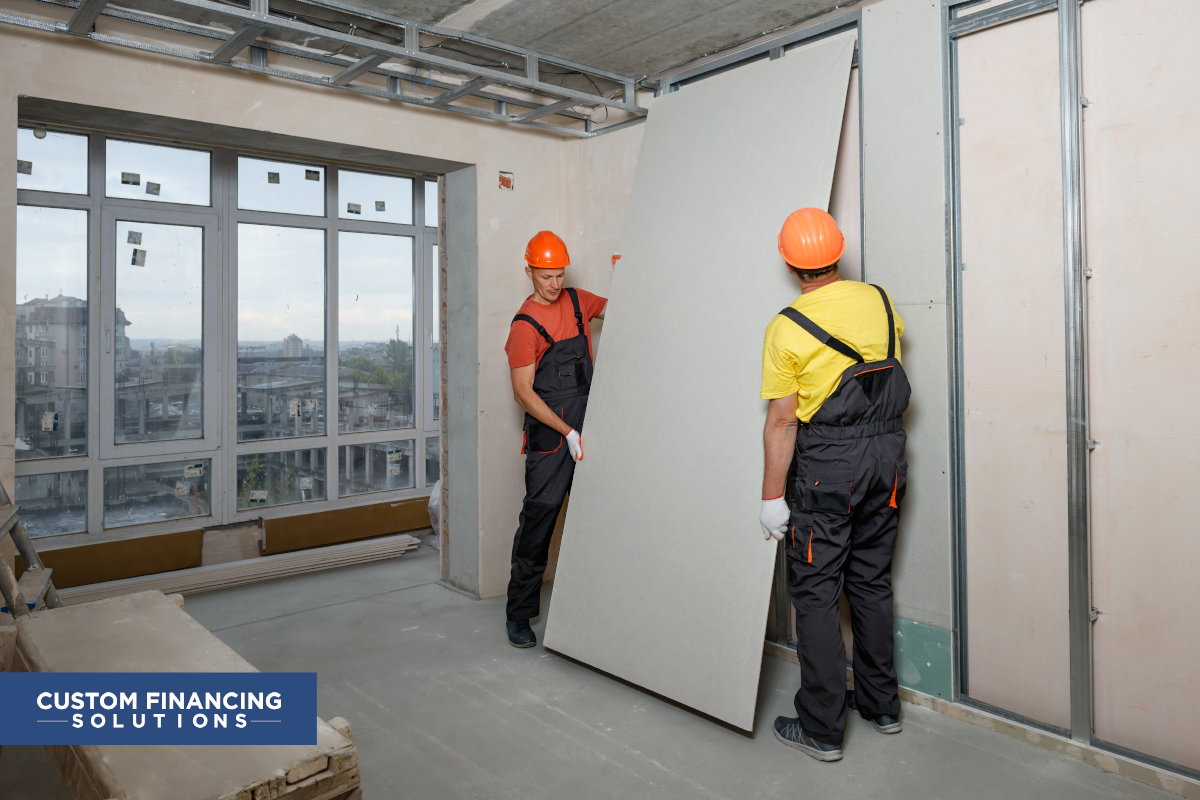Whether it’s the case of building a new home or remodeling one, choosing the right materials is crucial. Unlike the other fittings in the house, the walls and ceilings are considered permanent constructions. Once they are in place, it is troublesome to change them from time to time. One of the most popular materials used for both of them is drywall.
What Is Drywall?
Back in the day when the concept of the house was new, the stone was the most used material. Later on, it was replaced by cement. Drywall came into the picture towards the start of the 1900s. Drywall is gypsum plaster help between thick paper sheets. They are known today by many other names such as plasterboards and wallboards. Like all the other options available, these too have their own merits and demerits.

Advantages
Cost-Effective
The materials used to make this are easily available which makes drywall a cheap option. Its cost-effectiveness plays a huge role in many contractors who choose this as their go-to for walls or ceilings. You can suggest these to those clients who are looking to cut down on their costs.
Availability
Drywall is available in almost all markets. In case your client wants a repair, panels or sheets are readily available to purchase. The ones in the market will almost be the same as the ones installed, so integrating or repainting them is also easy.
Ease Of Installation
Plaster needs extra time and effort to install perfectly. Wet plaster is put to the surface and spread carefully then left to dry. One coat should be dried fully before applying the other and several coats are required. Compared to that drywall can be installed quickly. This reduces the overall time taken to complete the project.
Fire Resistance
A fire outbreak can destroy any building. Drywall helps to contain the fire and reduce spread. This is due to the inclusion of gypsum in it. Gypsum by default is a fire-resistant element.
Disadvantages
Prone To Water Damage
These are not a good option for bathrooms, basements, or other rooms that have high moisture. Drywall has low resistance to water. Water could either directly affect the walls, causing the panels to fall, or indirectly by letting mold to grow. The damaged ones should be replaced fully. Drywall that has fiberglass to hold the gypsum instead of paper has better efficiency against water.
Durability
They do not handle impact well and therefore are not as durable. The paper base makes it easy to punch holes in them or crack them up. The positive here is repair comes cheap and easy with drywall.
Weight
A standard sheet of drywall can weigh around 50lbs, making it a heavier option. You will require additional labor when you will be working with this, especially on the ceiling. Due to the weight and rigid structure, bending to suit curved surfaces is also difficult.
Drywall is a good option as most of the disadvantages can be avoided with proper planning and placement. In addition to that, these have other options like mold-resistant and moisture resistant ones to solve problems. Projects like these require different planning than longer ones. Here are planning tips to complete small projects in under a month.
Follow our blogs at CustomFin to keep up to date with the latest materials and trends in the industry. We also help contractors improve their cash flow by enabling them to offer finance to their customers.







